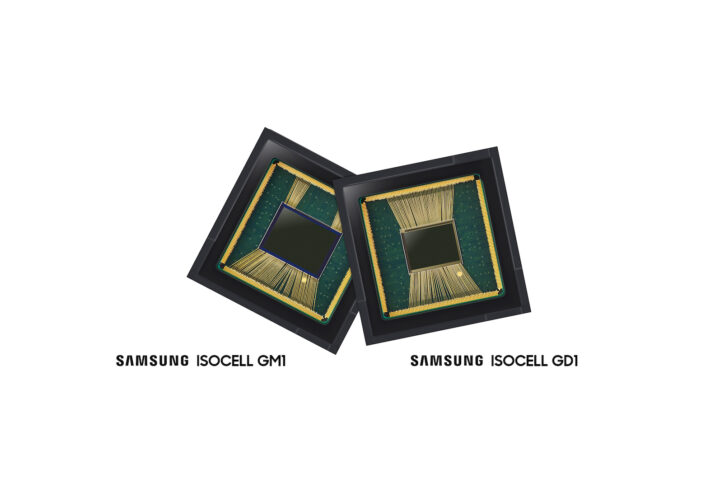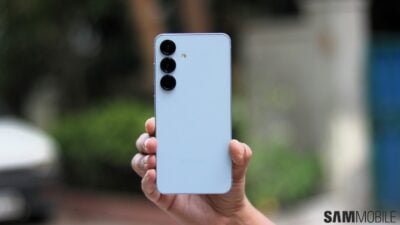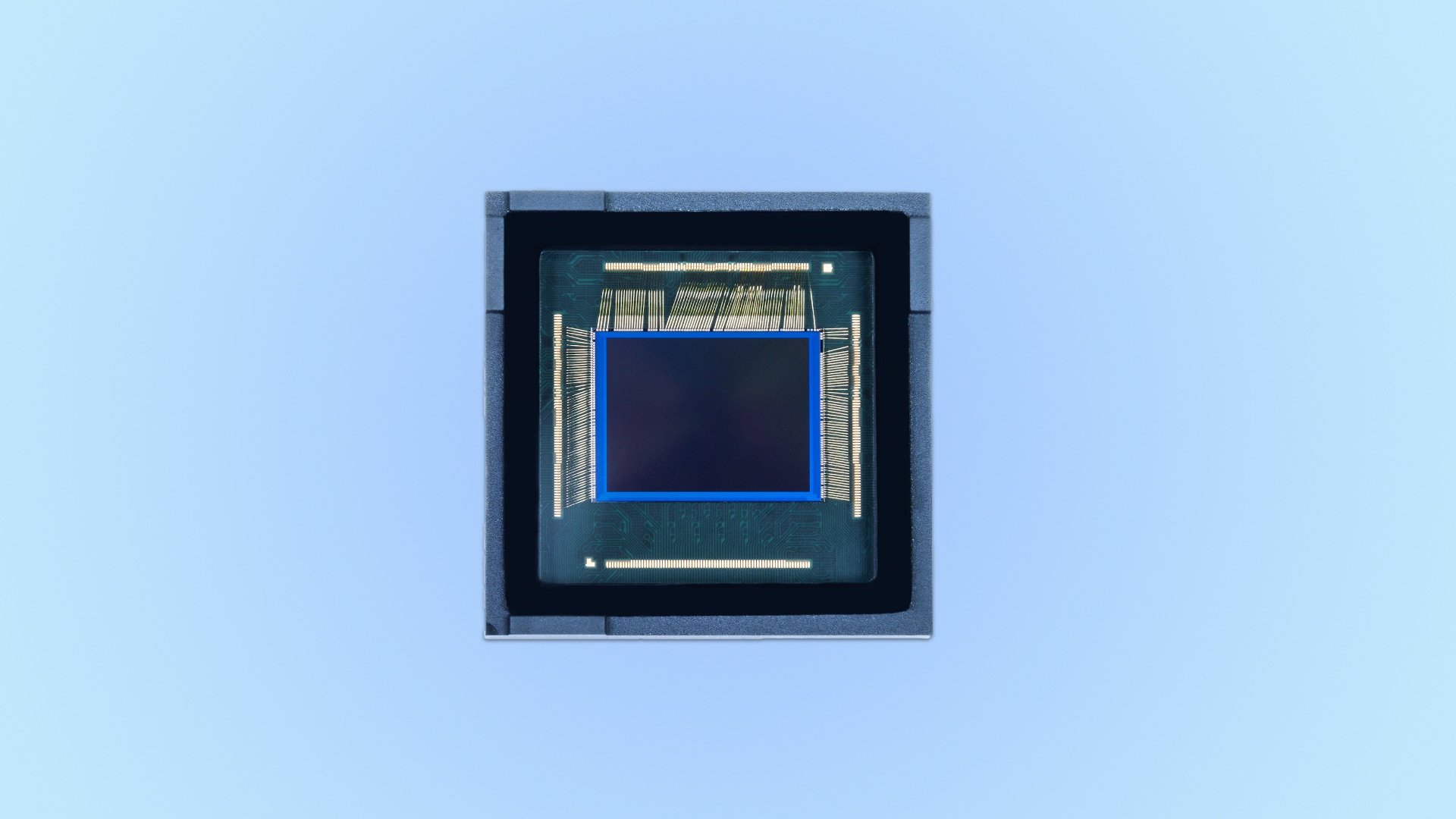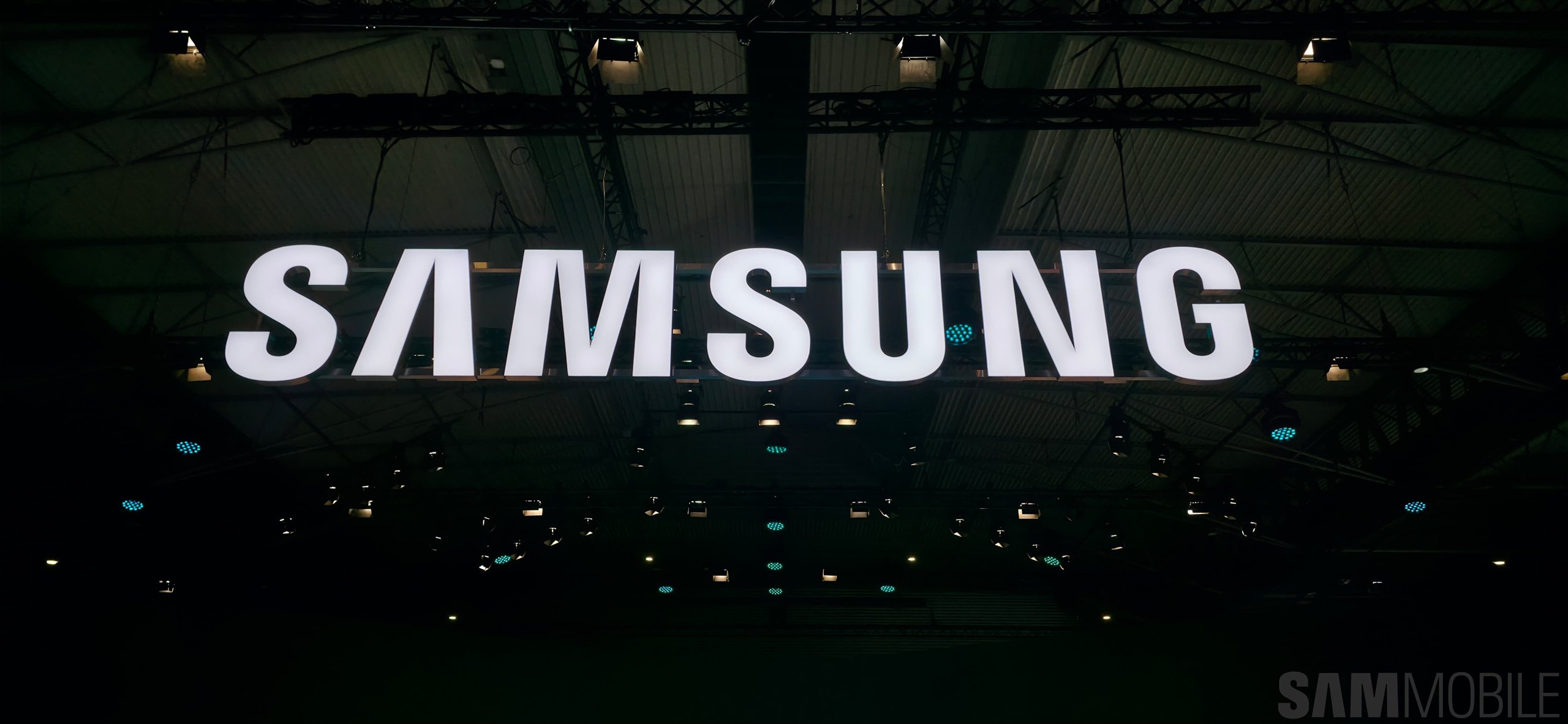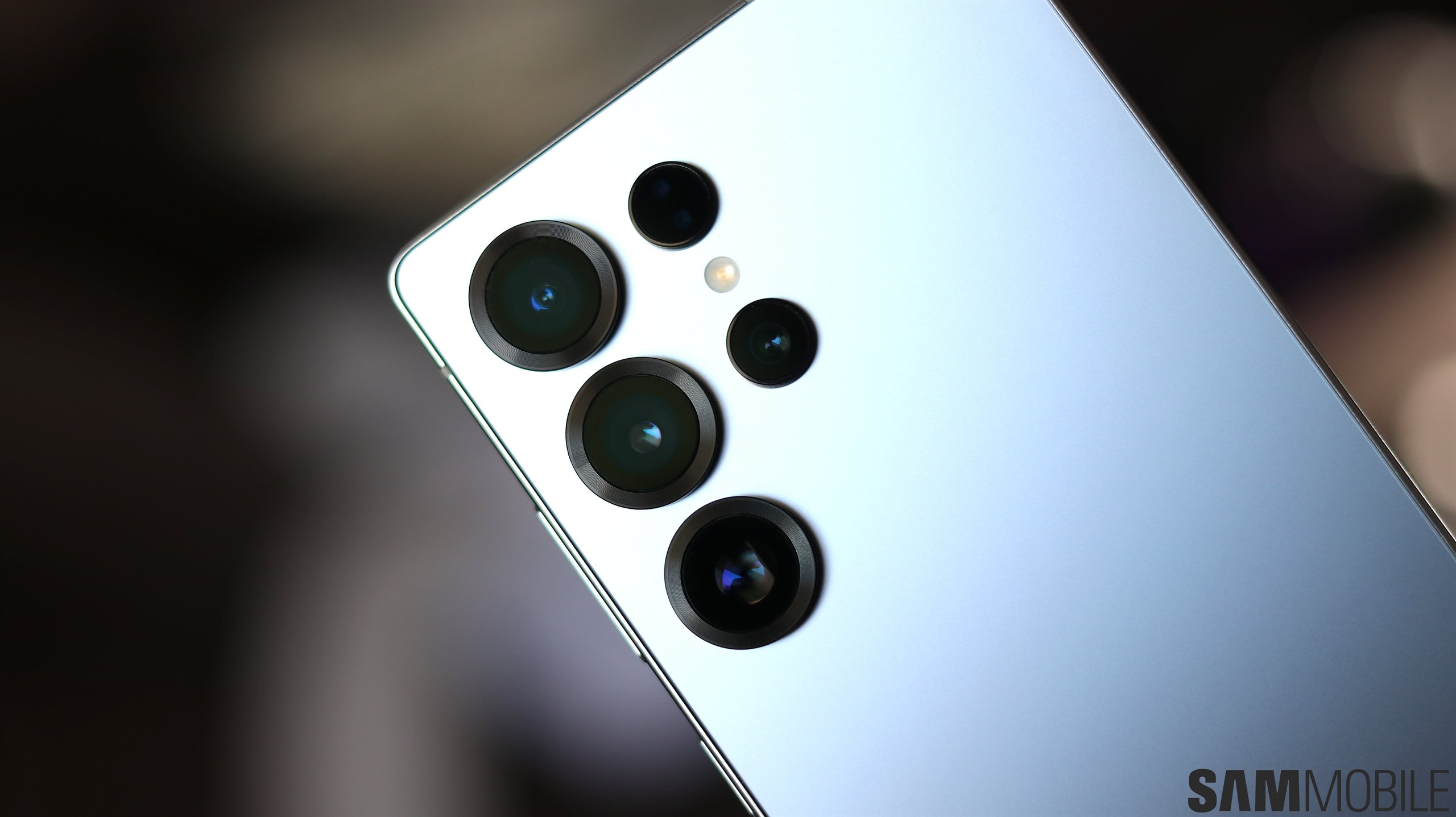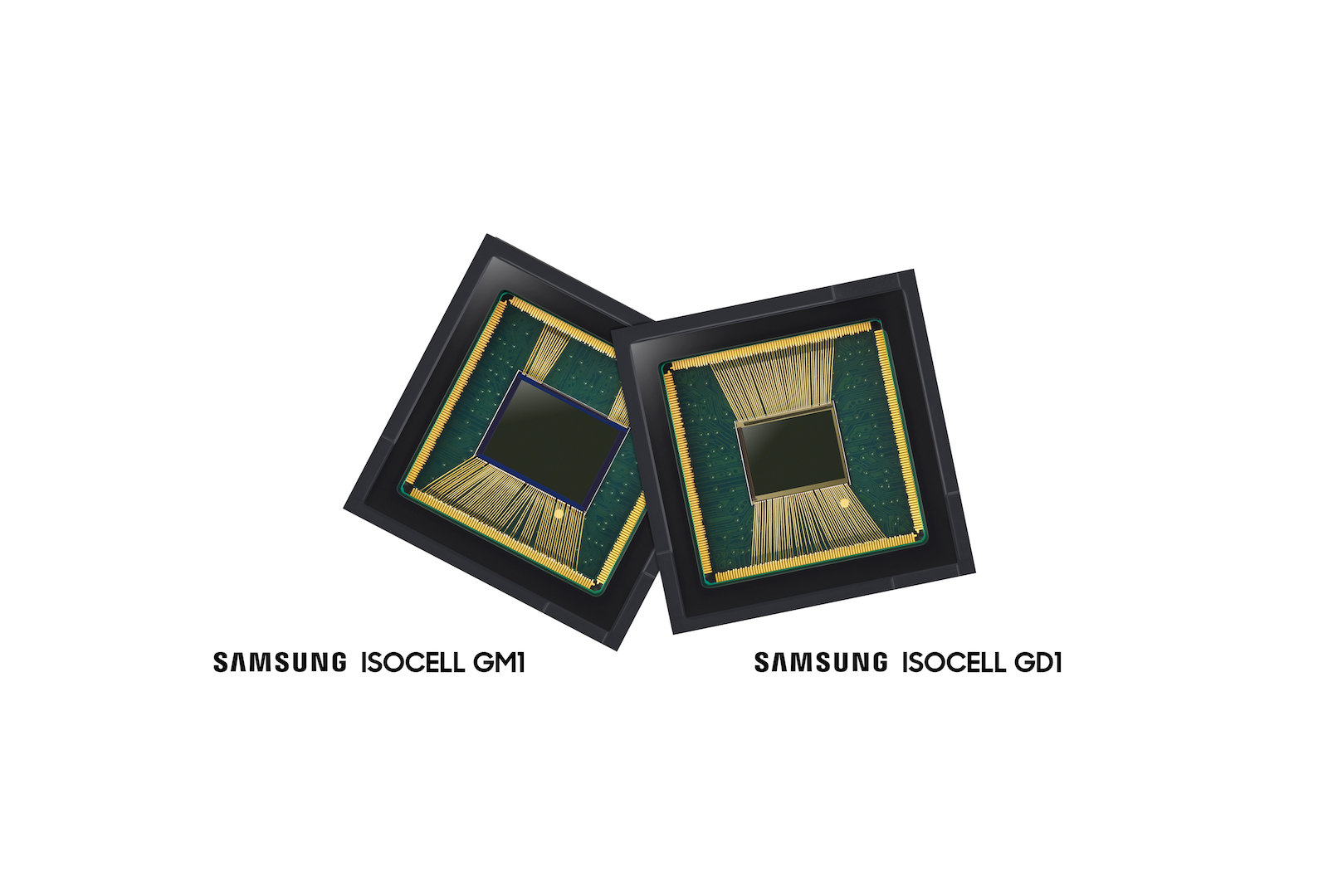
Cameras are now an important distinguishing feature in smartphones. Manufacturers have consequently integrated multiple cameras while maintaining the sleek designs of their devices. Samsung's new solutions will address this demand for ultra-small, high-resolution image sensors.
New Samsung image sensors will offer greater design flexibility
The 48-megapixel ISOCELL Bright GM1 and 32-megapixel ISOCELL Bright GD1 sensors are now official. They're 0.8-micrometer (μm) pixel image sensors. Samsung launched its micometer sensors back in 2015. It later reduced the size to 0.9 micrometers in 2017.
The reduced pixel size enables these sensors to provide greater design flexibility. Camera module manufacturers can, therefore, build smaller modules or pack more pixels in existing designs. This will let smartphone manufacturers maximize space utilization in sleek, bezel-less smartphones.
Both sensors are equipped with Samsung's latest ISOCELL Plus technology. It optimizes performance for smaller-dimension pixels. The Tetracell technology which merges four pixels into one to improve light sensitivity is present as well. These image sensors can deliver light sensitivity that's comparable to a 1.6μm-pixel image sensor at 12-megapixel and 8-megapixel resolution, respectively. There's support for Gyro-based electronic image stabilization as well.
Finally, the GD1 sensor features a real-time high dynamic range feature for richer color and detail. These new Samsung image sensors will be in mass production in Q4 2018. Smartphones equipped with these sensors will arrive in the coming months.














